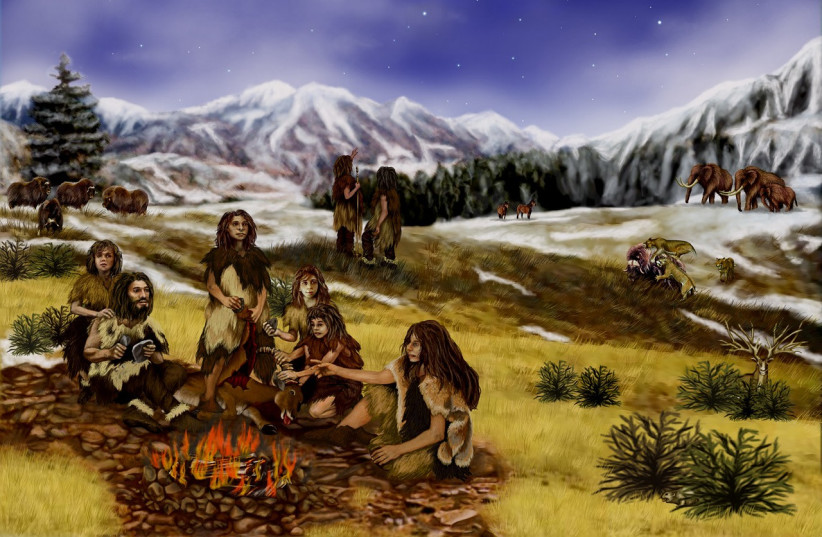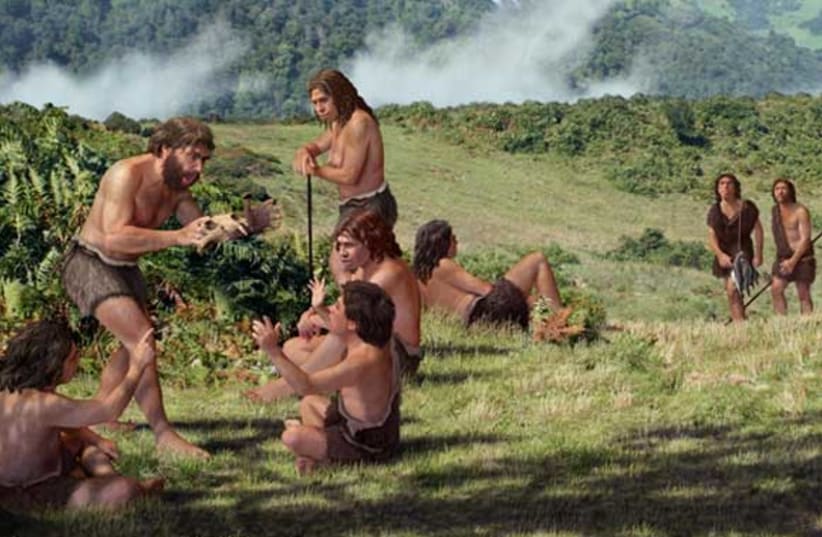Genes from humanity's Neanderthal cousins may still have lingering effects on modern-day humans, a recent study claimed.
Though Neanderthals have been extinct for tens of thousands of years after evolution favored modern homo sapiens, their genetics still make up anywhere from 1% to 4% of the human genome.
The findings of this study were published in the peer-reviewed academic journal eLife.
Prehistoric genetics: How Neanderthal genes impact humans today
Early hominid life is widely accepted to have originated in Africa, with evolution eventually resulting in the rise of modern humans, who would migrate out of Africa and spread all over the world.
One of the branches of this evolutionary tree was the Neanderthal, Homo neanderthalensis. At an unknown point in history, Neanderthals diverged from their predecessor and lived in Eurasia until they died out around 40,000 years ago.


Neanderthals were known to be intelligent, possessing rudimentary but sophisticated technology that would let them make and control fire, primitive clothing, adhesives, cook, and even travel over bodies of water. They were also known to have maintained some form of communication between different Neanderthal populations.
Despite having gone extinct, the reasons for which are unclear, there were periods of overlap between Neanderthals and humans. This occurred in different times and places, as humans migrated out of Africa to areas where Neanderthals lived.
For example, one study indicated that there could have been as much as 6,000 years of overlap between humans and Neanderthals in what is now France and Spain. Another study argued that Neanderthal and human populations coexisted in Israel's Negev 50,000 years ago.
This is significant because one result of this overlap and coexistence was interbreeding. This makes sense as well since ever since the Neanderthal genome was sequenced, there was very strong evidence for such interbreeding.
However, it isn't across the board. For instance, Europeans and people from the Middle East have shown greater percentages of Neanderthal genes in their genomes than humans from sub-Saharan Africa.
But to what extent does this genetic overlap mean for humanity? Do Neanderthal genes have some sort of impact on humans today?
The question is something that researchers have wondered for years, especially due to the fact that Neanderthal genes are widely believed to have issues.
Several scientific studies of Neanderthal remains in the past have highlighted that their population tended to always be low, which could have resulted in very low genetic diversity. As a result, it is widely believed that Neanderthals suffered from a vast number of genetic mutations that could have been harmful.
Are Neanderthal genes harming modern humans?
To figure this out, the researchers behind this study looked at a UK Biobank dataset, which hosts the genetic information of over 300,000 British nationals.
There, they took to analyzing the different genetic variants they found, seeing which could likely have originated from Neanderthals. This was made possible thanks to existing databases of Neanderthal genes known to exist in European populations.
Overall, over 235,000 genetic variants were found to have likely originated from Neanderthals, and of them, 4,303 of them do impact modern humans.
The impact these genes have on humans vary, but they include, but are not limited to:
- Increased enzymes associated with liver function
- Decreased protein levels in the blood
- Immune cell function
- Rheumatoid arthritis
- Infantile multisystemic disease
- Cerebellar ataxia
- Pure myopathy
- Encephalomyopathy
- How calories are burnt
Despite these findings, there is a good chance this might change in the future. According to the study, as future generations emerge, the influence of Neanderthal genes goes on the decline, with human genes becoming more dominant.
But what is arguably most significant about the study is the methodology.
The study's dataset was limited to the UK and almost exclusively Caucasian people. However, the team's method for compiling the data and analyzing it can be applied to other populations around the world, or even from other early hominids like Denisovans.
The special software the researchers developed for this study has also been made free to download and use.
Further research is needed to better understand the prehistoric and genetic influences in humanity's evolutionary tree, as well as what the future could have in store for it.
